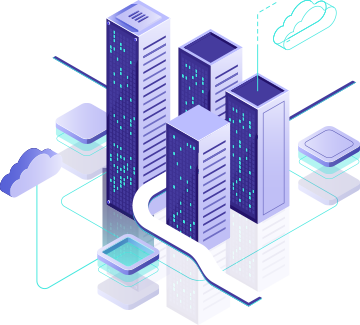Lets have a look at all of them
Managed Internet Services Layer
This layer contains devices and components utilized in the user authentication use case, which is organized by the managed services partner (MSP), Cloud provider or network operator, service provider (SP)
The data center layer
In this layer the management and services really inhabit. The data center layer contains network, Storage resources and compute for citywide network applications and services
The city layer
This layer links hardware to the data center. It even cumulates traffic from the street layer and utilizes the Resilient Ethernet Protocol (REP) to distribute very fast convergence times.

The street layer
This layer is the access layer of the architecture to which user equipment (UE) and clients; this layer also utilizes the REP for quicker convergence. Access layer network contains Smart Lighting, Smart Parking, Outdoor Access points for Surveillance Solution, City safety, Wi-Fi hotspots, Waste, Fleet, crowd and environmental sensors
At the street layer devices contains the outdoor citywide network access points increases on street infrastructure, ruggedized access switches in street cabinets, RFID or Wi-Fi tags utilized and citywide network routers for city services
Third-party sensors and city applications are expert to solve precise domain opportunities.
- Sensors connected utilizing wired or wireless (RF, Wi-Fi, GPRS) links
- To control the modules, Controllers are used
- To monitor the overall usage, failures, trends etc Management systems are used
Secure Overlay Network for Smart City Services
The City WiFi network operate as an overlay IP network to horde and set out a variety of city use cases, services, and devices. The subsequent characteristics of the City network permit the city and its vendors to set out devices in the city and host numerous services utilizing the City Wi-Fi network:
- Highly accessible wireless network to the street
- Highly accessible wired network along with PoE and PoE+ capabilities
- Dynamic VLAN provisioning steadily based on 802.1x or MAB
- Differentiated QoS depends on the sort of traffic and service
It can be utilized to host a variety of smart services across the city depending on the functions of the city Wi-Fi network, such as smart lighting, smart parking, traffic management, waste management and so on.


- Outdoor Access points
- Ruggedized routers
- Ruggedized street switches
- Outdoor IP Cameras
- Smart service sensors like parking, smart lighting, and other sensors
Street Layer Components
- Fog devices
- Aggregation Switches
- Root APs
City layer components
- Layer 3 switches
- Firewall
- Access Control System
- Wireless Lan control
- Servers
- MSE & CMX
- Video Surveillance Manager
Data Center components
- SMS Gateway
- Intelligent Services Gateway
- Policy server
- Management application of Sensors
- Internet connectivity
Managed Internet Service Layer components
The city of tomorrow will be formed by machine-to-machine communication
Machine-to-machine (M2M) communication provide above all the control, localization and monitoring of units that were operational with M2M technology. It enables for innovative applications for a diversity of fields, for example for structuring surveillance and control, smart metering and electronic healthcare.
Modern cities thus required a flexible M2M communication infrastructure depending on convergent networks that place the base for new applications and their flexible combination. This guides to new potentials for the utilization of beforehand inaccessible applications and data that are at the present the basis for new business models. For example, environmental data can be combined with up-to-date standards achieve from within the building to make sure the more competent and mechanical control of heating and ventilation systems. A uniform M2M communication infrastructure can create those and numerous additional applications achievable in both the private and industrial sectors. Viable details and telecommunication innovations are backed by the flexible accessibility of data and applications in all urban areas, like in local electronic marketplaces.
In present research aspires for the development of a generic M2M platform that is inevitable to act as a facilitator between dissimilar service platforms and the hub network to allow the flawless communication management of dissimilar terminals, sensors and actuators. It will therefore be a precedence to meet the special necessities of the M2M communication and the capability to flexibly acclimatize the platform for particular M2M service domains like the automotive sector.

Kalibroida Technology Solutions will guide you and offer you the solution needed to make the smart city network infrastructure more precise and valuable. Kalibroida Technology Solutions is here to offer the utmost help and guidance needed to build the network infrastructure of smart city. So, get in touch and be stress-free when we are here to assist you

